All Dryers Are Customized
Engineers available to offer overseas service
All Year Round After Sale Hotline
Free Remote Technical Support and Train
Application: Food Waste Dryer
Warranty: 1 Year
Certification: ISO9001
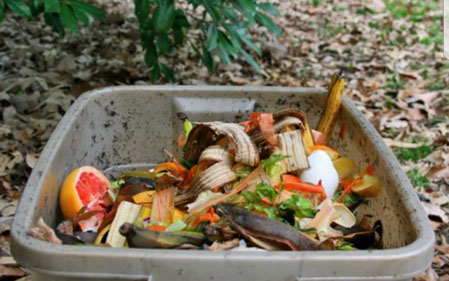
Before Drying
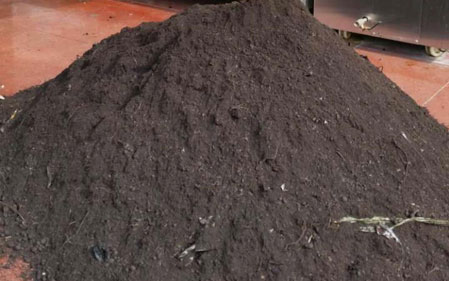
After Drying
Human being consumes food to stay alive. However, more food had been wasted due to unfinished meals. Fishbone and chicken bones are the usual types of food waste that are thrown into the dustbin. The increasing number of human lives in this world lead to the increasing amount of food waste. Food waste has become a new serious problem in this era. There are a lot of industries that produce junk food and frozen food. A lot of food waste was produced because of people’s attitude and it can become toxic chemicals and has become the worldwide problem nowadays because there are too many to be buried. Food waste is estimated around 28 percent from a million tons of municipal solid waste to be buried in landfills in the United State. In other countries, landfilling of food waste has been banned and this has led to food waste separation from the municipal solid waste.
Food waste also produces aromatic compounds, halogenated compounds, phenols and heavy metals and these pollutants give bad effect on aquatic life. Food waste contains high water and organic matters. In addition, it contains a variety of unsaturated fatty acid. The matters are easy to decompose. It is easy to grow bacteria. Food waste is one of the wastes that is being generated about every day. It would be a waste if the generated waste is ignored, neglected and just being disposed of without using the benefits that are in the food waste.
Therefore, fully utilize and recycle the food waste is important. Drying method is the priority way to use. After drying, food waste will be good organic fertilizer. It can not only reduce health problems and reduce pollution, but also bring economic benefits.
General method to make food waste to organic fertilizer: Separation and dehydration, crushing, drying, pelleting, cooling and package. Food waste water content is more than 80%. After separation and dehydration, the moisture will be less than 60%. It needs to be dried to be organic fertilizer. For drying it more evenly, we will crush it and with air delivery system , it will be delivered to the belt conveyor and sent to drying unit. After material going into the cylinder: Firstly, the wet material will be scattered into small pieces by rotary harrow in the process of falling, and then, it is repeatedly &thoroughly grabbed, lift, fallen and beaten. The surface area of the shattered materials increased rapidly, and contact with hot air sufficiently to transfer heat and mass. In the last cylinder of organic fertilizer drying, the temperature is cooler than the first and second cylinders, food waste organic fertilizer cools down, which reduces water content further. There are also special lifting and guiding boards on the cylinders which leads material going in multiloop and dry over 6 times than normal triple-pass dryer. After multiple level drying within three cylinder , the water content in food waste can be reduced to 13% and realizes deodorization function. Then through pelleting, cooling and packing, the food waste will become good organic fertilizer.
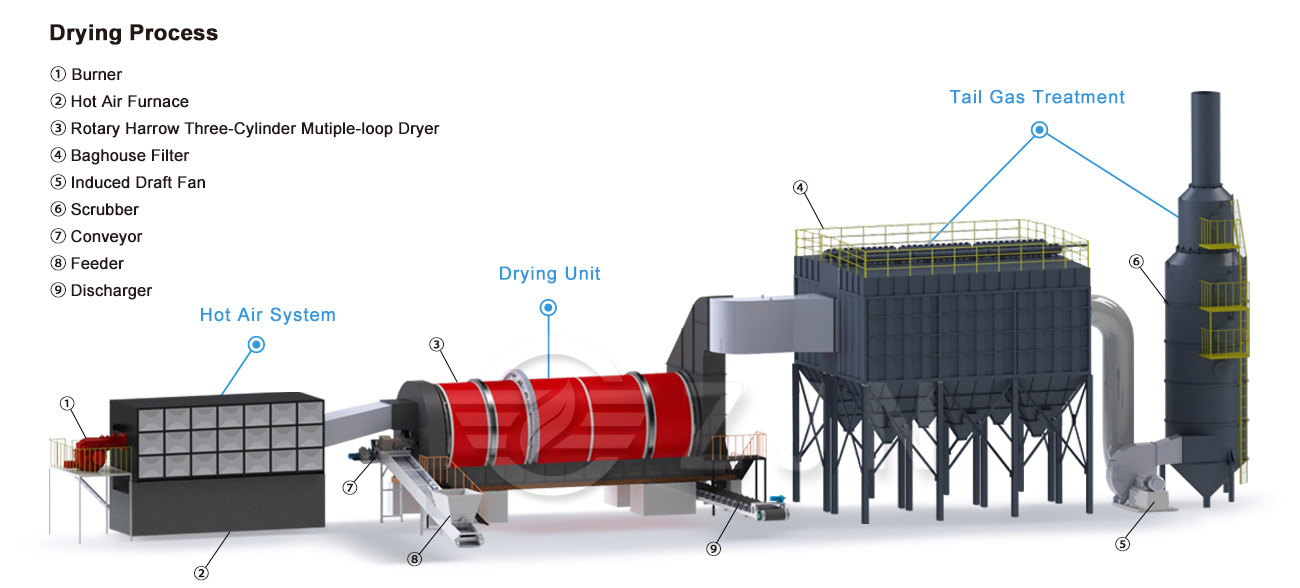
ZJN food waste dryer can effectively solve the problem of kitchen garbage pollution, and realize the reduction, harmless, stabilization and resource treatment and disposal of kitchen foodwast. After drying, the food waste is convenient for subsequent treatment, so that the original idle waste can be recycled, turned into treasure, and improve its use value and economic value.
Jiaozuo ZJN environmental protection equipment Technology Co., Ltd. is committed to industrial solid waste, sludge, feed residue and other high humidity and high viscosity materials drying technology research and development and innovation. At present, the company has made more than 100 drying technologies such as "rotary harrow three-stage multi-loop" and "low temperature and large air volume" rotary drum dryer. According to the actual production needs of users, we can make suitable equipment production plans for users to meet the basic and personalized production needs for users.
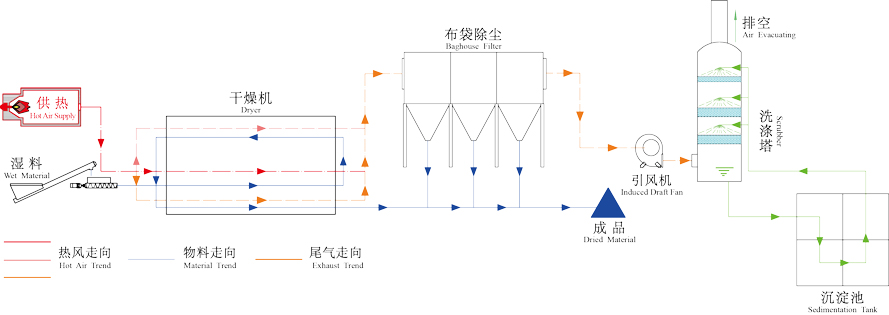
ZJN food waste dryer adopts three cylinder structure, that is, the use of three different diameters of the cylinder set together. The internal use of the equipment barrel "three-stage positive and negative lift, guide material" and "W+S" three-stage walking process, can make the material in the barrel repeatedly do back and forth movement, which is the so-called "3 steps to go 2 steps back"; The internal storage of the equipment is large, which is 3 times than that of the traditional single drum dryer; Heat transfer range is wide, the area is 4-5 times of the traditional dryer; Drying distance is long, is also 6 times than that of the traditional dryer; This greatly improves the utilization of heat energy space. The guiding material system and anti-missile material system inside the dryer promote each other, complement each other, constitute the whole chain effect system, linkage and integrated operation.
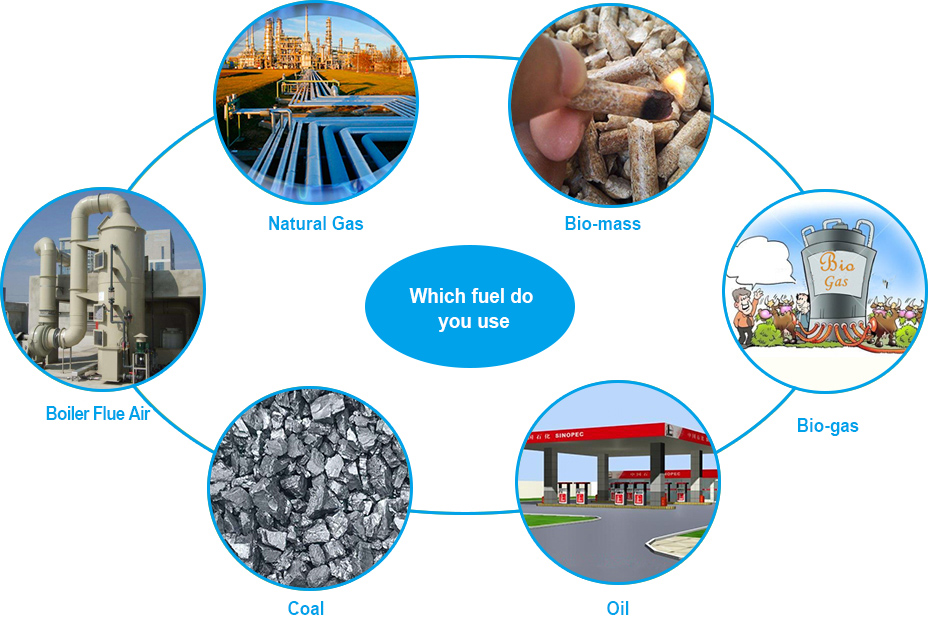
We have different hot air generating device for you. According to your Heat Source, no matter it is natural gas, bio-gas, coal, oil, bio-mass fuel or others, we match furnace, chamber, burner etc to be most suitable. What's more, the boiler flue gas can also be used as heat.
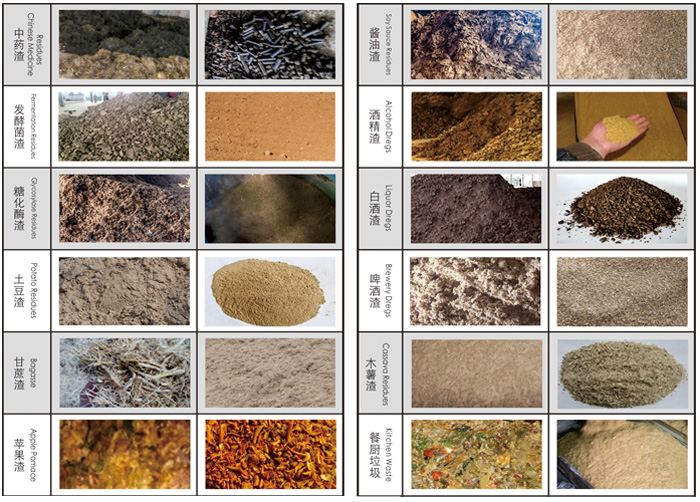
The rotary drum dryer is suitable for drying kitchen food waste, industrial solid hazardous waste, sludge, feed residue and other materials. The drying equipment can be widely used in agriculture, catering, municipal, chemical, electroplating, steel, pharmaceutical, leather, textile and other industries.
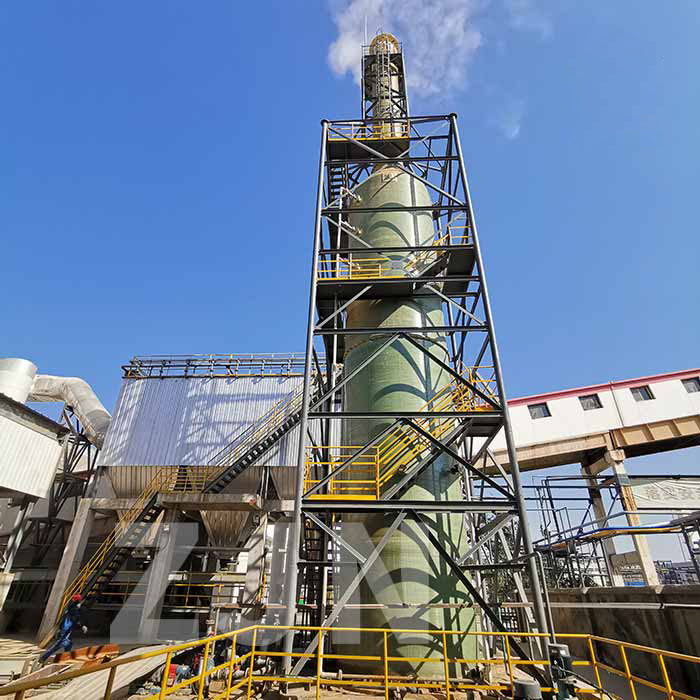
Scrubber
Scrubber systems (e.g. chemical scrubbers, gas scrubbers) are a diverse group of air pollution control devices that can be used to remove some particulates and/or gases from industrial exhaust streams.
The exhaust gases of combustion may contain substances considered harmful to the environment, and the scrubber may remove or neutralize those. A wet scrubber is used for cleaning air, fuel gas or other gases of various pollutants and dust particles. Wet scrubbing works via the contact of target compounds or particulate matter with the scrubbing solution. Solutions may simply be water (for dust) or solutions of reagents that specifically target certain compounds.
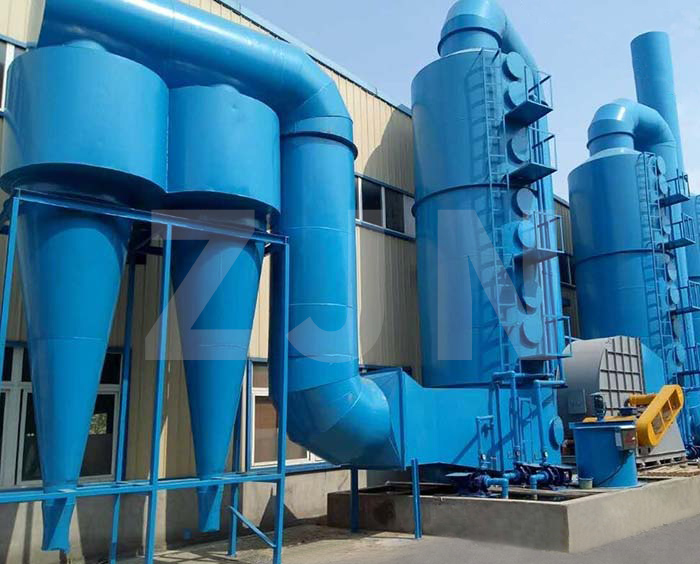
Cyclone Dust Collector
Centrifugal cyclone dust collector, the dust will be separated and recovered in the drying system, through the dry tail gas dust purification device of a cyclone dust collector, suitable for high dust concentration, large dust particles of exhaust gas dust removal operations, the dust collector has a simple structure, stable and reliable operation, long service life, and other characteristics.
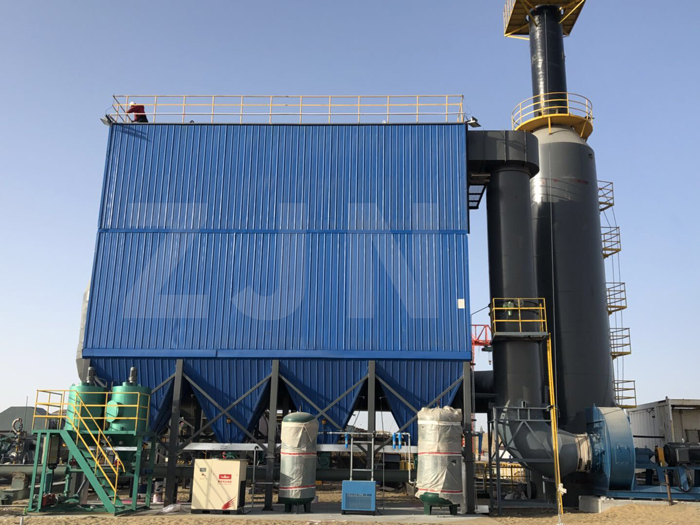
Baghouse
A bag house, also known as a bag house filter, bag filter, or fabric filter is an air pollution control device and dust collector that removes particulates or gas released from commercial processes out of the air.
Most baghouses use long, cylindrical bags (or tubes) made of woven or felted fabric as a filter medium. For applications where there is relatively low dust loading and gas temperatures are 250 °F (121 °C) or less, pleated, non woven cartridges are sometimes used as filtering media instead of bags.
Bag houses are very efficient particulate collectors because of the dust cake formed on the surface of the bags. The fabric provides a surface on which dust collects through the following four mechanisms:
Inertial collection – Dust particles strike the fibers placed perpendicular to the gas-flow direction instead of changing direction with the gas stream.
Interception – Particles that do not cross the fluid streamlines come in contact with fibers because of the fiber size.
Brownian movement – Sub micrometre particles are diffused, increasing the probability of contact between the particles and collecting surfaces.
Electrostatic forces – The presence of an electrostatic charge on the particles and the filter can increase dust capture.
A combination of these mechanisms results in formation of the dust cake on the filter, which eventually increases the resistance to gas flow. The filter must be cleaned periodically.
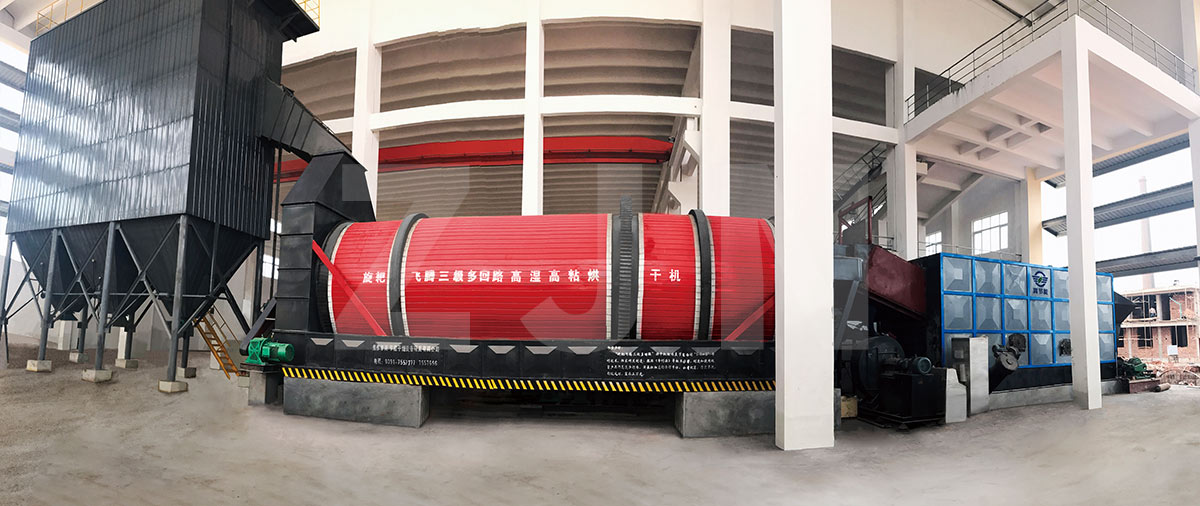
1.The drying equipment of three cylinder structure, the inner volume of the cylinder is three times than that of the single cylinder drum dryer, and the processing capacity is three times that of the single cylinder rotatry drum dryer.
2. Special dispersing device is installed inside the cylinder of restaurant -kitchen garbage and food waste dryer equipment, which can continuously disperse and stir the materials sent to speed up the mixing contact between materials and hot air, so as to improve the utilization rate of heat energy and improve production efficiency.
3. Automatic control, simple and convenient operation, only 1-2 people can complete the entire production line work tasks.
4. The equipment performance is stable, can run continuously production, and the equipment failure rate is low, the maintenance cost is low.
5. The whole drying system is tightly sealed, and the cylinder body has an insulating layer, which can effectively reduce the loss of heat inside the cylinder and save energy consumption.
6. The dust removal system of kitchen garbage dryer food waste rotary drum dryer is equipped with professional dust removal device, which can filter, purify and dust generated in the production process, so as to meet the requirements of gas emission and ensure a clean and tidy production environment.
Copyright ©2022 by Jiaozuo ZJN Environmental Protection Equipment Technology Co., Ltd.